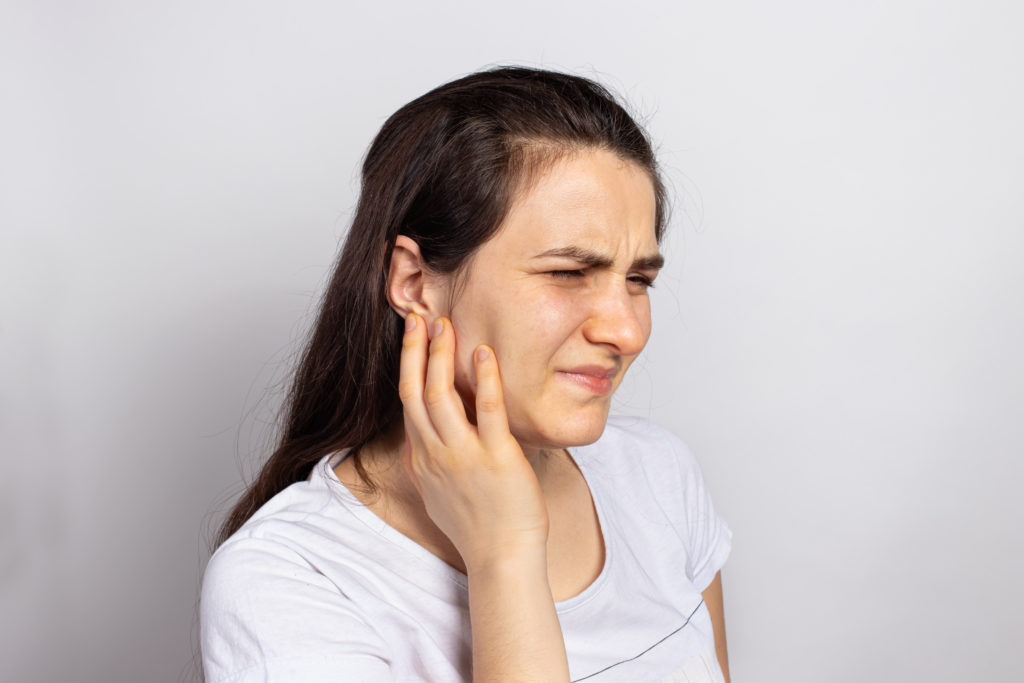Incorrect Tongue Resting Posture? It’s Not Just a Problem in Children

Do you know where your tongue rests in your mouth? Chances are you have to stop and think about it. Proper tongue resting placement is when the tongue tip is elevated to the roof of the mouth, just behind the front teeth. Don’t worry if that isn’t where your tongue rests. Incorrect tongue resting posture is common. A lot of people rest their tongue low in their mouth or farther back, and they are still perfectly functional. BUT if your tongue is resting incorrectly, AND you aren’t sleeping well, you breathe through your mouth instead of your nose, or you are having trouble eating, there may be a bigger problem known as an orofacial myofunctional disorder (OMD).
Causes of Orofacial Myofunctional Disorders
To put it simply, OMDs are abnormal movement patterns involving the face and mouth. This may include the tongue, lips, neck, mandible, etc. OMDs in adults may be due to a multitude of factors including chronic orthodontic issues, sleep disordered breathing, restricted oral frenula (tongue and/or lip ties), facial trauma, weakness, or a variety of other neurological or craniofacial disorders. The lack of intervention during critical periods of development may result in such a disorder.
Signs and Symptoms of Incorrect Tongue Resting Posture
In adults and OMD may present itself in a variety of ways, including the following signs and symptoms:
- Breathing habits (daytime): mouth breathing, audible breathing, open mouth posture
- Breathing habits (nighttime): teeth grinding, not sleeping through the night, waking up multiple times to use the bathroom
- Airway obstruction: sleep disordered breathing (snoring, apnea), enlarged tonsils and adenoids, tongue falling into airway
- Tongue, lips, or cheek restrictions
- Picky eating or difficulty eating
- Oral aversions
- Chewing habits
- Poor oral control, messy eating, audible eating, forward tongue protrusion during swallow
- Reflux
- Malocclusion, orthodontic relapse
- Forward head posture
- Teeth grinding or facial pain
- Articulation errors
- Low forward tongue placement with open mouth posture

How Therapy May Help
You may have an OMD and still be functional. Therefore, it’s not a problem for you. However, if you have one or more of the symptoms listed above and it’s negatively impacting your health or day to day activities, it may be beneficial to get evaluated by a speech-language pathologist who has specialized training in assessing and treating OMDs. Speech pathologist’s often work with a team of other professionals including: allergists, ENTs, orthodontists, physical therapists, and even oral surgeons, or plastic surgeons if necessary. This is to address all of the underlying weaknesses and structural issues that may be affecting your swallowing/speech patterns. Once any underlying issues that may be affecting breathing or tongue placement have been remedied, a speech pathologist can work with you to acquire new orofacial myofunctional skills and strategies.
If you have any questions about OMDs feel free to reach out to one of the OMD trained speech pathologists at MOSAIC Health & Rehab at 406-388-4988. For more information on this topic, check out our earlier blog post Oromyofunctional Disorders: What Exactly Are They?
